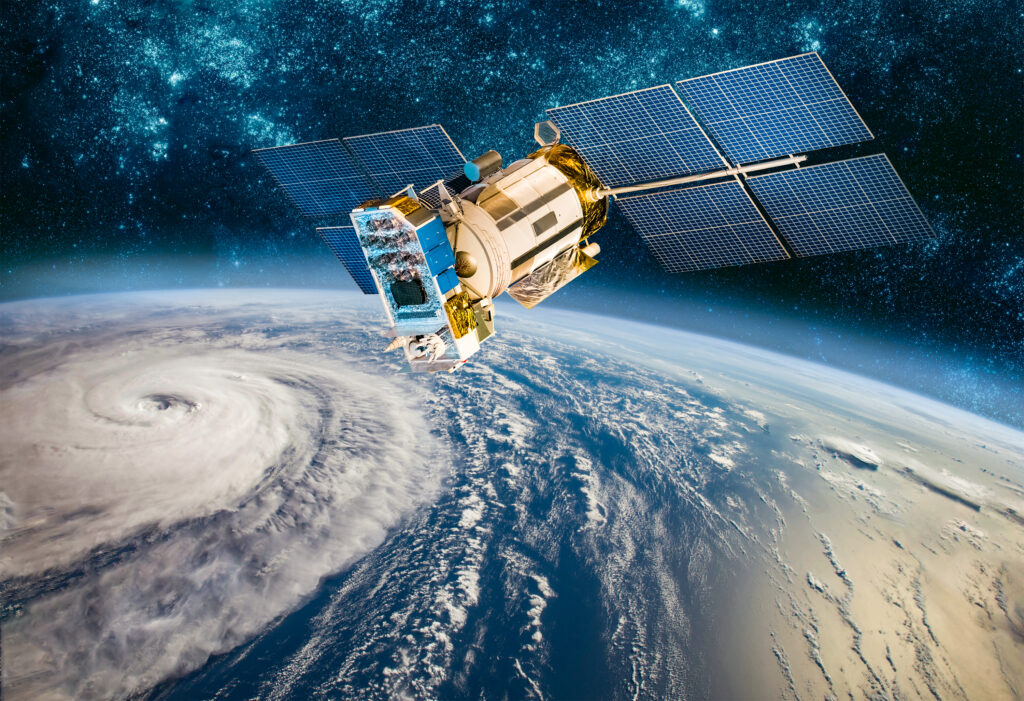On March 17, 1958, the United States launched the Vanguard 1 satellite, which became the first solar-powered satellite to achieve a long-term orbit. Vanguard 1 was part of the Vanguard program, which was initiated by the United States in response to the Soviet Union’s launch of Sputnik, the world’s first artificial satellite, in 1957.
Vanguard 1 was a small, spherical satellite that weighed just 1.47 kilograms and was equipped with a solar panel and a battery. It was launched from the Cape Canaveral Air Force Station in Florida using a three-stage Vanguard rocket.
The primary objective of the Vanguard program was to study the Earth’s environment, and Vanguard 1 was specifically designed to measure the Earth’s magnetic field. It was also equipped with a radio transmitter that allowed scientists to track its orbit and gather data on the Earth’s atmosphere and ionosphere.
Despite its small size and limited capabilities, Vanguard 1 was a significant achievement in the early days of space exploration. It was the first satellite to use solar power as its primary source of energy, and it was also the first satellite to achieve a long-term orbit, remaining in space for more than six years.
Today, Vanguard 1 is still in orbit, making it the oldest man-made object in space. Although it no longer serves any scientific purpose, it remains a testament to the ingenuity and determination of the early pioneers of space exploration.
References:
https://www.nasa.gov/content/vanguard-satellite-1958
https://www.britannica.com/technology/Vanguard-satellite
https://nssdc.gsfc.nasa.gov/nmc/spacecraft/display.action?id=1958-002B




